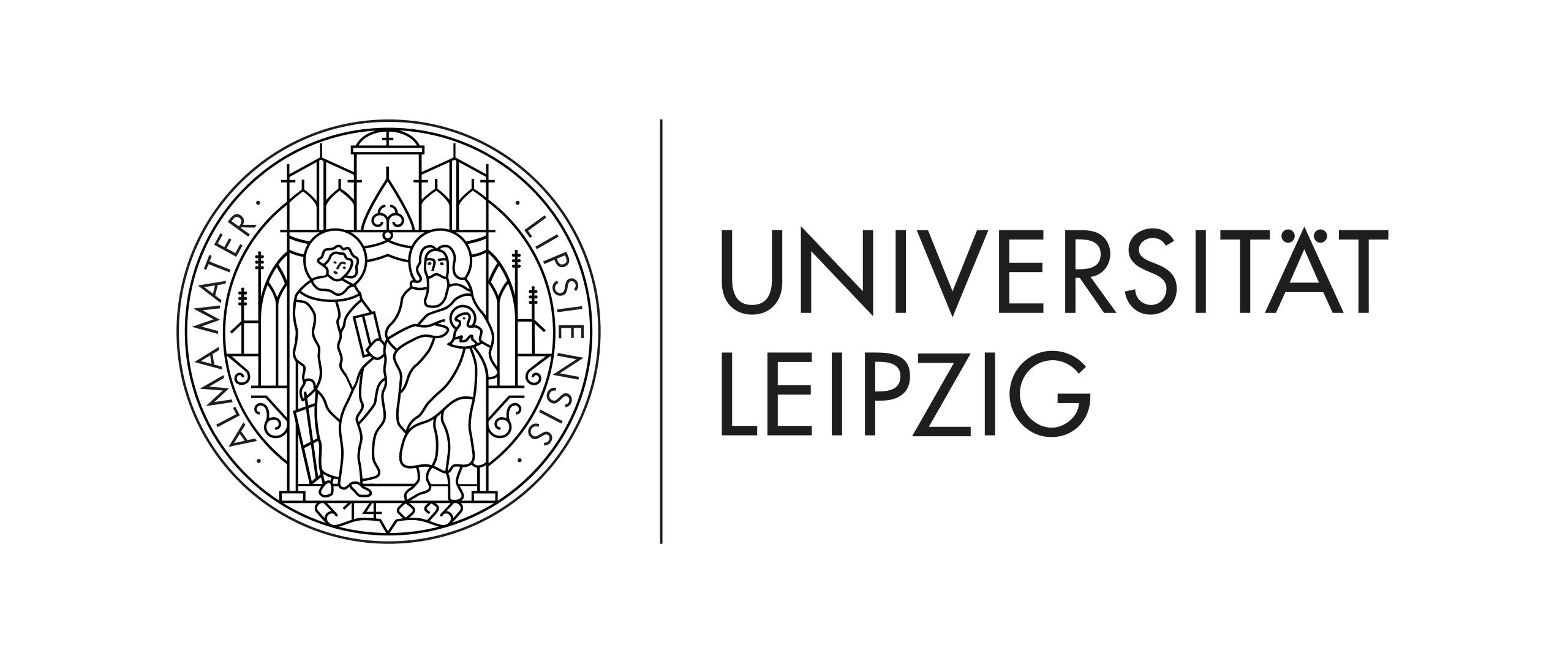array(14 items) uid => 912 (integer) title => '3D Genome Reconstruction from Partially Phased Hi-C Data' (56 chars) abstract => 'The 3-dimensional (3D) structure of the genome is of significant importance
for many cellular processes. In this paper, we study the problem of reconstr
ucting the 3D structure of chromosomes from Hi-C data of diploid organisms,
which poses additional challenges compared to the better-studied haploid set
ting. With the help of techniques from algebraic geometry, we prove that a s
mall amount of phased data is sufficient to ensure finite identifiability, b
oth for noiseless and noisy data. In the light of these results, we propose
a new 3D reconstruction method based on semidefinite programming, paired wit
h numerical algebraic geometry and local optimization. The performance of th
is method is tested on several simulated datasets under different noise leve
ls and with different amounts of phased data. We also apply it to a real dat
aset from mouse X chromosomes, and we are then able to recover previously kn
own structural features.' (936 chars) authors => array(5 items) 0 => array(3 items) last_name => 'Cifuentes' (9 chars) first_name => 'Diego' (5 chars) sorting => 1 (integer) 1 => array(3 items) last_name => 'Jan' (3 chars) first_name => 'Draisma' (7 chars) sorting => 2 (integer) 2 => array(3 items) last_name => 'Henriksson' (10 chars) first_name => 'Oskar' (5 chars) sorting => 3 (integer) 3 => array(3 items) last_name => 'Korchmaros' (10 chars) first_name => 'Annachiara' (10 chars) sorting => 4 (integer) 4 => array(3 items) last_name => 'Kubjas' (6 chars) first_name => 'Kaie' (4 chars) sorting => 5 (integer) type => '0' (1 chars) keywords => '3D genome organization, Diploid organisms, Hi-C, Applied algebraic geometry,
Numerical algebraic geometry, Mathematics Subject Classification, 92E10, 92
-08, 13P25, 14P05, 65H14, 90C90' (183 chars) year => 2024 (integer) affiliation => 0 (integer) link_paper => '' (0 chars) link_supplements => '' (0 chars) file_published => 0 (integer) journal => '' (0 chars) doi => '' (0 chars) preprint => '-1' (2 chars)
3D Genome Reconstruction from Partially Phased Hi-C Data
2024: Diego Cifuentes; Draisma Jan; Oskar Henriksson; Annachiara Korchmaros; Kaie KubjasThe 3-dimensional (3D) structure of the genome is of significant importance for many cellular processes. In this paper, we study the problem of reconstructing the 3D structure of chromosomes from Hi-C data of diploid organisms, which poses additional challenges compared to the better-studied haploid setting. With the help of techniques from algebraic geometry, we prove that a small amount of phased data is sufficient to ensure finite identifiability, both for noiseless and noisy data. In the light of these results, we propose a new 3D reconstruction method based on semidefinite programming, paired with numerical algebraic geometry and local optimization. The performance of this method is tested on several simulated datasets under different noise levels and with different amounts of phased data. We also apply it to a real dataset from mouse X chromosomes, and we are then able to recover previously known structural features.
Keywords: 3D genome organization, Diploid organisms, Hi-C, Applied algebraic geometry, Numerical algebraic geometry, Mathematics Subject Classification, 92E10, 92-08, 13P25, 14P05, 65H14, 90C90
